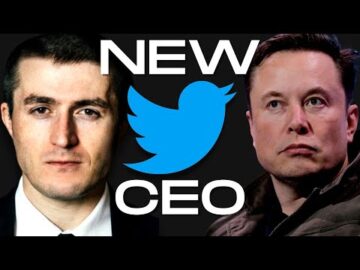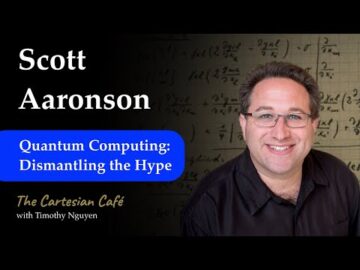NASA’s future telescopes need robust, high-sensitivity, kilopixel-format superconducting arrays that operate over the entire far-IR spectrum. Previously, some of the key technologies needed for these arrays were demonstrated on the High-resolution Airborne Wideband Camera (HAWC+) on the Stratospheric Observatory for Far-Infrared Astronomy (SOFIA). Those detectors provided excellent performance for suborbital far-IR applications, but their production was very labor intensive with relatively low fabrication yields. The remaining major technologies required to enable future FIR space-based telescopes are: (a) robust detector array architectures with approximately 100,000 individual pixels and (b) integrated readout multiplexers that can meet the ultra-low noise requirements of space missions.


There is a temperature difference between space and the temperature of free roaming rogue exoplanets. Highly sensitive infrared (heat) detectors should be able to spot lower temperature differences.
Brian Wang is a Futurist Thought Leader and a popular Science blogger with 1 million readers per month. His blog Nextbigfuture.com is ranked #1 Science News Blog. It covers many disruptive technology and trends including Space, Robotics, Artificial Intelligence, Medicine, Anti-aging Biotechnology, and Nanotechnology.
Known for identifying cutting edge technologies, he is currently a Co-Founder of a startup and fundraiser for high potential early-stage companies. He is the Head of Research for Allocations for deep technology investments and an Angel Investor at Space Angels.
A frequent speaker at corporations, he has been a TEDx speaker, a Singularity University speaker and guest at numerous interviews for radio and podcasts. He is open to public speaking and advising engagements.






